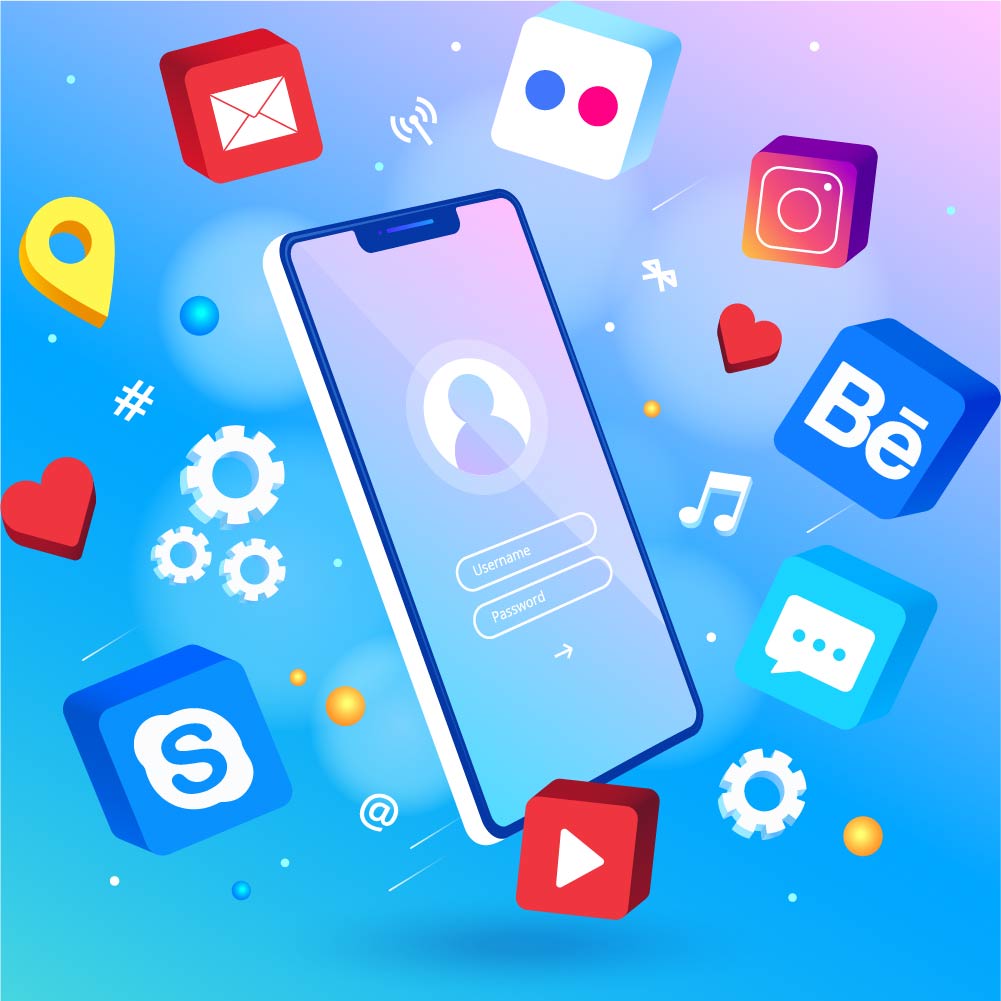Introduction To Ionic
본문

Ionic is an open source UI toolkit for structure performant, apps utilizing web innovations - HTML, CSS, and JavaScript - with integrations for popular frameworks like Angular, React, and Vue.
Get started developing by installing Ionic or following our First App Tutorial to discover the primary ideas.

Step-by-step guides to setting up your system and installing the structure.
Dive into Ionic wonderfully designed UI part library.
Integrate native gadget plugins, like Bluetooth, Maps, HealthKit, and more.
Learn to easily tailor and modify your Ionic app's visual style to fit your brand name.

Overview
Ionic focuses on the frontend UX and UI interaction of an app - UI controls, interactions, gestures, animations. It's simple to find out, and integrates with other libraries or structures, such as Angular, React, or Vue. Alternatively, it can be utilized standalone with no frontend structure utilizing a basic script consist of. If you 'd like to find out more about Ionic before diving in, we developed a video to walk you through the essentials.
One codebase, running all over
Ionic is the only mobile app stack that allows web developers to build apps for all significant app stores and the mobile web from a single codebase. And with Adaptive Styling, Ionic apps look in the house on every device.
A concentrate on efficiency
Ionic is built to perform and behave terrific on the newest mobile phones with finest practices like efficient hardware accelerated shifts, and touch-optimized gestures.
Clean, basic, and practical style
Ionic is designed to work and show wonderfully on all present mobile devices and platforms. With ready-made elements, typography, and a gorgeous (yet extensible) base style that adapts to each platform, you'll be developing in style.
Native and Web enhanced
Ionic replicates native app UI standards and utilizes native SDKs, bringing the UI standards and gadget features of native apps together with the full power and versatility of the open web. Ionic utilizes Capacitor (or Cordova) to release natively, or runs in the internet browser as a Progressive Web App.
Goals
Cross-platform
Build and deploy apps that work throughout numerous platforms, such as native iOS, Android, and the web as a Progressive Web App - all with one code base. Write once, run anywhere.
Web Standards-based
Ionic is built on top of trustworthy, standardized web technologies: HTML, CSS, and JavaScript, using contemporary Web APIs such as Custom Elements and Shadow DOM. Because of this, Ionic parts have a stable API, and aren't at the whim of a single platform vendor.
Beautiful Design
Clean, easy, and practical. Ionic is created to work and show magnificently out-of-the-box across all platforms. Start with pre-designed parts, typography, interactive paradigms, and a beautiful (yet extensible) base theme.
Simplicity
Ionic is constructed with simpleness in mind, so that creating apps is satisfying, easy to find out, and available to practically anyone with web development abilities.
Framework Compatibility
While past releases of Ionic were securely paired to Angular, version 4.x of the structure was re-engineered to work as a standalone Web Component library, with combinations for the most recent JavaScript frameworks, like Angular. Ionic can be used in most frontend frameworks with success, including React and Vue, though some frameworks require a shim for full Web Component support.
JavaScript
Among the main goals with moving Ionic to Web Components was to eliminate any tough requirement on a single structure to host the elements. This made it possible for the core parts to work standalone in a web page with simply a script tag. While working with frameworks can be great for bigger teams and larger apps, it is now possible to utilize Ionic as a standalone library in a single page even in a context like WordPress.
Angular
Angular has always been at the center of what makes Ionic great. While the core elements have actually been composed to work as a standalone Web Component library, the @ionic/ angular bundle makes combination with the Angular environment a breeze. @ionic/ angular consists of all the functionality that Angular designers would anticipate originating from Ionic 2/3, and incorporates with core Angular libraries, like the Angular router.

React
Ionic now has official support for the popular React library. Ionic React lets React designers utilize their current web skills to build apps that target iOS, Android, and the web. With @ionic/ react, you can use all the core Ionic elements, however in such a way that feels like utilizing native React components.
Vue
Ionic now has main assistance for the popular Vue 3 library. Ionic Vue lets Vue designers utilize their current web abilities to build apps that target iOS, Android, and the web. With @ionic/ vue, you can use all the core Ionic parts, but in such a way that feels like using native Vue parts.

Future Support
Support for other frameworks will be thought about in future releases.
Ionic CLI
The official Ionic CLI, or Command Line Interface, is a tool that quickly scaffolds Ionic apps and supplies a variety of useful commands to Ionic designers. In addition to installing and updating Ionic, the CLI comes with a built-in advancement server, construct and debugging tools, and far more. If you are an Appflow member, the CLI can be used to perform cloud builds and deployments, and administer your account.
Appflow
To assist develop, release, and handle Ionic apps throughout their lifecycle, we provide an industrial service for production apps called Appflow, which is different from the open source Framework.
Appflow assists developers and teams assemble native app builds and release live code updates to Ionic apps from a centralized control panel. Optional paid upgrades are readily available for more advanced abilities like releasing directly to app stores, workflow automation, single sign-on (SSO) and access to connected services and integrations.
Appflow requires an Ionic Account and includes a totally free "Hobby" prepare for those thinking about experimenting with a few of its functions.
Ecosystem
Ionic is actively established and kept full-time by a core group, and its environment is assisted by an international neighborhood of developers and factors sustaining its growth and adoption. Developers and business small and large use Ionic to construct and ship remarkable apps that run everywhere.
Join the Community
There are millions of Ionic designers in over 200 countries worldwide. Here are some ways to join:
Forum: An excellent place for asking questions and sharing concepts.
Twitter: Where we publish updates and share content from the Ionic community.
GitHub: For reporting bugs or asking for new functions, produce a problem here. PRs welcome!
Content authoring: Write a technical blog or share your story with the Ionic neighborhood.
License
The Ionic UI Toolkit is a complimentary and open source project, launched under the permissible MIT license. This suggests it can be used in individual or industrial tasks for complimentary. MIT is the same license utilized by such popular tasks as jQuery and Ruby on Rails.

댓글목록 0
댓글 포인트 안내